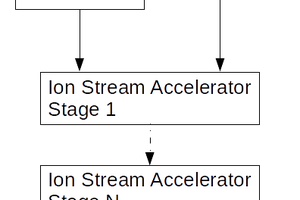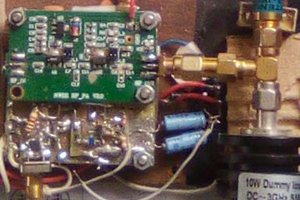I would like to first disclose that this project would not have been possible without the help of Dr Orly Yadid-Pecht, Dr Raymond J. Turner, Dr Varun Vij and MSc Samaria Navarez Diaz.
I highly suggest reading my publicly available Thesis to get further details of each part of the process and how it has been assessed.
TLDR:
The process of sensing gluten using the aptamer-based biosensor involves collecting and diluting samples from regions of constant gluten concentration. The biosensor uses fluorescence resonance energy transfer based aptamer to detect gluten. The accuracy of the biosensor was assessed by correctly classifying food samples as their actual concentration of gluten. The biosensor was found to have an accuracy of 98.28% in classifying gluten-rich products
 Carlos Kuri
Carlos Kuri
 Benjamin Brink
Benjamin Brink
 Chris Amanse
Chris Amanse
 Lkolod
Lkolod